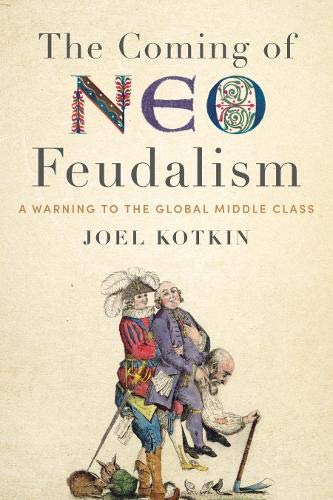
When the U.S. Census Bureau recently revealed a small increase in California’s population, it came as a welcome sign to some that the state was growing again. The data even showed a slightly reduced level of out-migration.
Good news, right? Unfortunately, not good enough.
Last year’s count still leaves the state’s numbers below where they stood in 2020, and its growth rate is below the national average and well below that of key competitor states: Comparing census numbers from 2010 to 2024, California’s population has increased by less than 6%; in Texas, Arizona, North Carolina, Georgia and Utah, the increases range from 15% to nearly 30%.
And the prognosis for California’s future growth is not good, given that most of the recent uptick seems to have been the result of the historic immigration surge during the Biden years. Under President Trump, the door for many foreign-born newcomers has been slammed shut.
Although some businesses and immigration proponents rue Trump’s actions, it’s not as if large numbers of immigrants are always a plus. The Congressional Budget Office in 2024 noted increases in immigrants in the U.S. as favorable to the economy overall, but the current newcomers appear to come from poorer countries, many are undocumented, and in the short term at least, that could put stress on local economies and on the salaries of low-income workers who compete with them for living space, jobs and social services.
Worse for California, the slight decrease in out-migration last year doesn’t come close to fixing what’s been a decades-long exodus.
The numbers tell the story. From 2020 to 2024, the state added 934,000 international migrants, compared to a net domestic migration loss of 1.46 million residents. California’s out-migration has come to resemble the pattern long associated with Rust Belt states. Over the last 24 years, more than 4 million net domestic migrants, a population about the same as the Seattle metropolitan area, have moved to other parts of the nation from California.
State planners don’t see a turnaround in the offing, either. Consider that in 2007, demographers projected that California’s population would grow from 36.5 million to 60 million by 2050. But today, the 2050 projection is for just 40 million Californians.
People are leaving, or not coming to California, for rational reasons — and most of them are economic. One 2020 study showed that minorities, including Asian, Latino and Black people, generally enjoy higher real incomes and home ownership in Southern or some heartland cities than in the East or West coast metros. These groups have been flocking to Dallas, Houston, Atlanta or Miami rather than California in search of opportunity. Even given the influx of immigrants to California, the foreign-born population of cities in Texas, Florida and parts of Ohio, North Carolina and Tennessee has been growing faster than San Francisco’s, and L.A.’s foreign-born numbers are declining.
Read the rest of this piece: Los Angeles Times.
Joel Kotkin is the author of The Coming of Neo-Feudalism: A Warning to the Global Middle Class. He is the Roger Hobbs Presidential Fellow in Urban Futures at Chapman University and and directs the Center for Demographics and Policy there. He is Senior Research Fellow at the Civitas Institute at the University of Texas in Austin. Learn more at joelkotkin.com and follow him on Twitter @joelkotkin.
Photo: David Herrera, via Flickr, under CC 2.0 License.












